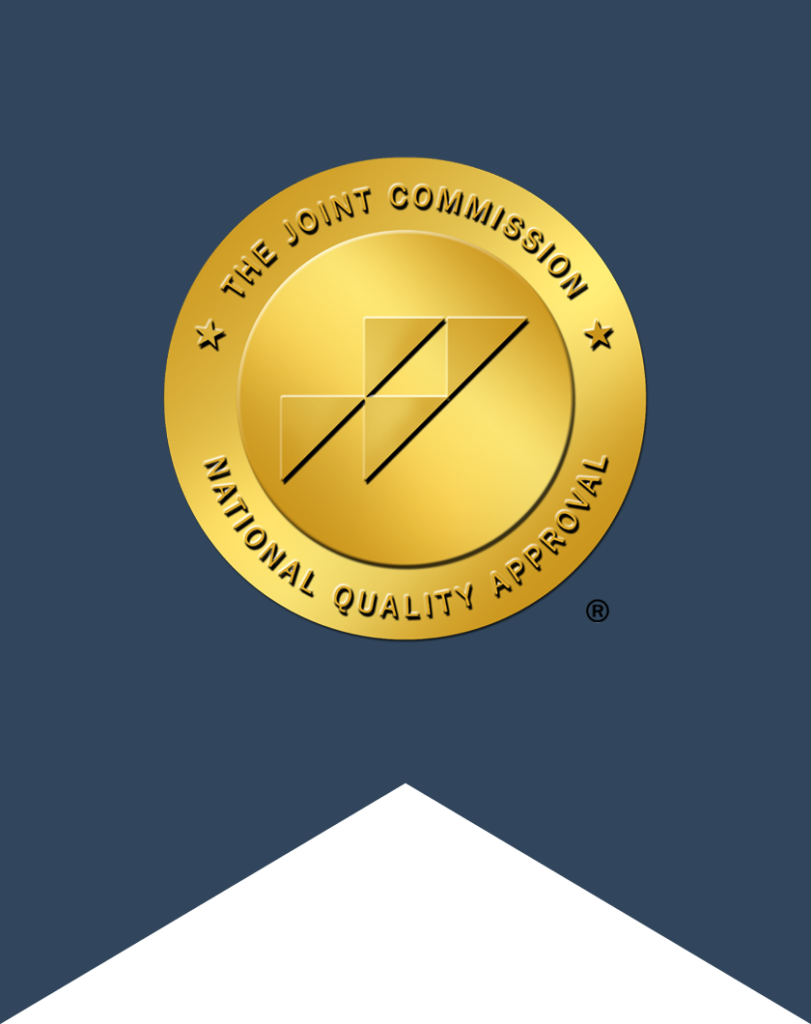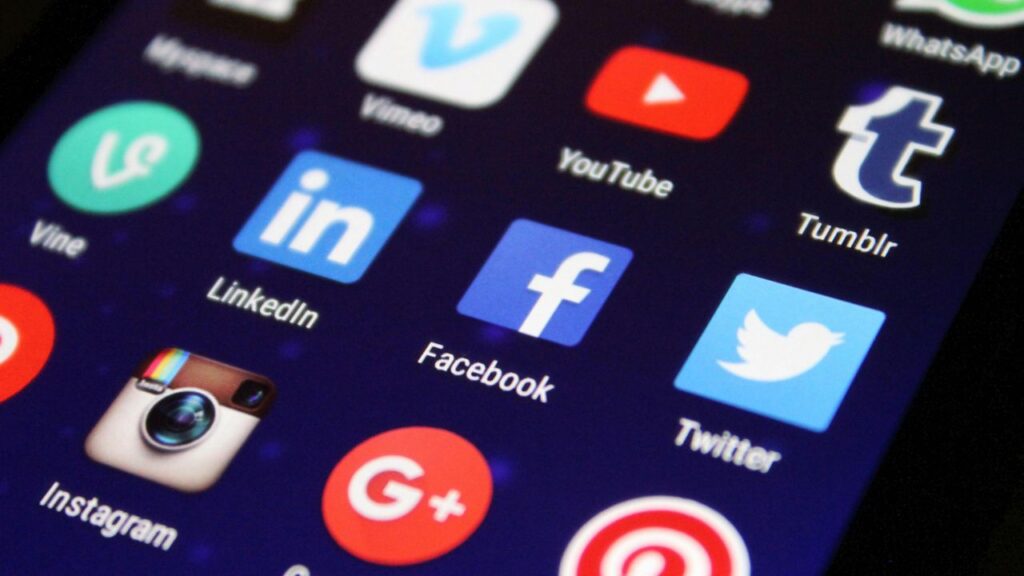In today’s hyperconnected world, our devices have become extensions of ourselves. For individuals in recovery from substance use disorders, this digital dependence presents unique challenges that can complicate the healing journey. Understanding the complex relationship between technology use and addiction recovery is essential for developing sustainable strategies for wellness in the digital age.
The Double-Edged Sword of Technology in Recovery
Technology offers unprecedented resources for those in recovery. Mobile apps track sobriety milestones, online communities provide 24/7 support, and telehealth expands access to professional treatment. These digital tools break down barriers to recovery support, particularly for those in remote areas or with mobility limitations.
However, this same technology brings significant risks to the recovery process. There are concerning parallels between substance use disorders and problematic technology use. Both activate similar reward pathways in the brain, can lead to tolerance requiring increasing engagement, and can continue despite negative consequences.
For someone in recovery, excessive screen time can become a substitute addiction rather than a healthy coping mechanism.
When Screens Become Substitutes: The Neurological Connection
The neurological similarities between substance use disorders and behavioral addictions like excessive technology use involve the brain’s reward system, particularly the neurotransmitter dopamine.
Behaviors like constantly checking social media, endless scrolling, compulsive gaming, and excessive video streaming can trigger dopamine release that becomes dysregulated in vulnerable individuals. This explains why some in recovery find themselves substituting one compulsive behavior for another.
Digital Triggers: How Technology Complicates Recovery
Beyond the potential for behavioral addiction, technology creates unique challenges for those recovering from substance use disorders.
Social media platforms regularly display content glorifying alcohol and drug use. For someone in early recovery, these constant exposures can trigger cravings and romanticize past use.
Smartphones make it remarkably easy to maintain contact with individuals associated with past substance use. A single text message or social media comment can reconnect someone with high-risk social networks.
Recovery necessarily involves facing difficult emotions and developing healthy coping strategies. Devices offer an immediate escape from this emotional work through endless distraction.
Quality sleep is fundamental to brain healing during recovery. The blue light from screens, stimulating content, and late-night scrolling all undermine sleep quality precisely when the recovering brain needs it most.
Signs of Problematic Technology Use in Recovery
Not all technology use is detrimental during recovery. Warning signs that technology may be undermining recovery include:
Using devices to escape treatment participation, sleep disruption from nighttime device use, anxiety when separated from devices, decreased participation in face-to-face activities, using social media that triggers cravings, and hiding the amount of time spent on devices.
Creating Healthy Digital Boundaries: Practical Strategies
Developing a healthier relationship with technology during recovery requires thoughtful boundaries rather than complete abstinence.
Conduct a Digital Inventory
Recovery begins with honest assessment. Evaluate which apps trigger cravings, total daily screen time, digital relationships that support or undermine recovery, and technology habits that replicate addiction patterns.
Just as with substance use, awareness is the first step toward change.
Implement Strategic Screen-Free Times
Rather than viewing technology as all-or-nothing, identify specific times to disconnect, such as the first and last hour of each day, during meals and face-to-face conversations, and during recovery meetings and therapy sessions.
These screen-free periods create space for the present-moment awareness essential to recovery.
Curate Recovery-Supportive Content
Transform devices from potential triggers into recovery tools by unfollowing accounts that glorify substance use, joining online recovery communities, subscribing to recovery podcasts, and downloading wellness apps.
Your digital feed should reflect and reinforce the life you’re trying to build.
Establish Clear Social Media Boundaries
Social media requires particularly careful management. Use platform tools to filter triggering content, set daily time limits, consider temporary deactivation during early recovery, and regularly audit friend/follow lists to remove high-risk connections.
Many people find that a 30-day social media break during early recovery provides valuable perspective.
Practice Digital Mindfulness
Developing awareness around technology use mirrors skills taught for managing substance cravings. Notice physical sensations when reaching for devices, question automatic technology use, and set intentional purposes before opening apps.
Leverage Technology for Recovery
Strategic technology use can actively support recovery through calendar reminders for meetings, recovery tracking apps, online support communities during high-risk times, and connections with recovery supports.
Technology itself isn’t the enemy. Recovery success depends on intentional use rather than mindless consumption.
The Role of Digital Detox in Treatment
Addressing digital dependence has become an integral part of comprehensive addiction treatment. This approach recognizes both the benefits and risks of technology in recovery.
Structured Technology Boundaries
Treatment provides an opportunity to reset digital habits in a supportive environment through clear guidelines for device use, tech-free therapy sessions, and education about technology’s impact on brain recovery.
Technology boundaries in treatment aren’t about control—they’re about creating space for healing. Many people find that the initial digital boundary-setting is challenging but ultimately freeing.
Digital Literacy Education
Treatment includes education about technology’s effects on recovery, including understanding behavioral patterns, identifying personal digital triggers, and learning strategies for managing digital cravings.
Alternative Coping Skills Development
Treatment emphasizes non-digital coping strategies like mindfulness and meditation, physical exercise, creative expression, interpersonal communication skills, and written reflection.
People with diverse coping skills are less likely to substitute screen time for substances.
Finding Balance: Technology as a Recovery Tool
The goal isn’t technological abstinence but rather a balanced relationship that supports recovery goals.
Treatment professionals recognize the reality of the digital world clients return to after treatment. Complete digital abstinence isn’t feasible or necessary for most people. The key is intentional use that aligns with recovery values.
Regular Digital Check-Ins
Just as recovery involves ongoing self-assessment, digital wellness requires regular evaluation of screen time data, how technology use affects mood and cravings, and adjustments based on changing recovery needs.
Technology-Assisted Recovery
When used intentionally, technology becomes a powerful recovery ally through telehealth therapy sessions, recovery podcasts, online support groups, meditation apps, and recovery tracking tools.
The same smartphone that can trigger cravings can also connect someone to their sponsor during a difficult moment. Success comes from harnessing technology’s power for recovery.
Digital Boundaries as Self-Care
Establishing healthy technology habits represents an important form of recovery self-care through setting work email boundaries, creating phone-free spaces, establishing technology-free social activities, and using technology to facilitate rather than replace human connection.
Many in recovery discover that digital boundaries aren’t restrictive—they’re liberating. They create space for the full, present-moment living that recovery makes possible.
Recovery in a Digital World
As technology continues to evolve, so too must our approaches to managing its role in recovery. The digital landscape will keep changing, but the principles of intentional use, mindful awareness, and healthy boundaries remain essential.
The relationship between recovery and technology use isn’t simple, but with proper guidance, individuals can develop sustainable digital habits that support their journey to wellness. In a society that increasingly blurs the lines between the digital and physical worlds, learning to establish healthy technology boundaries isn’t just beneficial for recovery—it’s an essential life skill for overall wellbeing.
Find Balance in Recovery with Destination Hope
If you or someone you love is struggling with substance use and the complications of digital dependence, Destination Hope offers comprehensive treatment that addresses these challenges. Our approach helps clients develop healthy relationships with technology while building strong foundations for recovery.
Call us today at 888-989-1479 to learn more about our programs.

